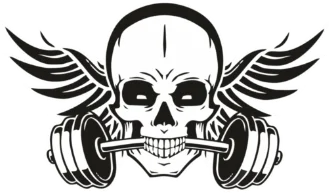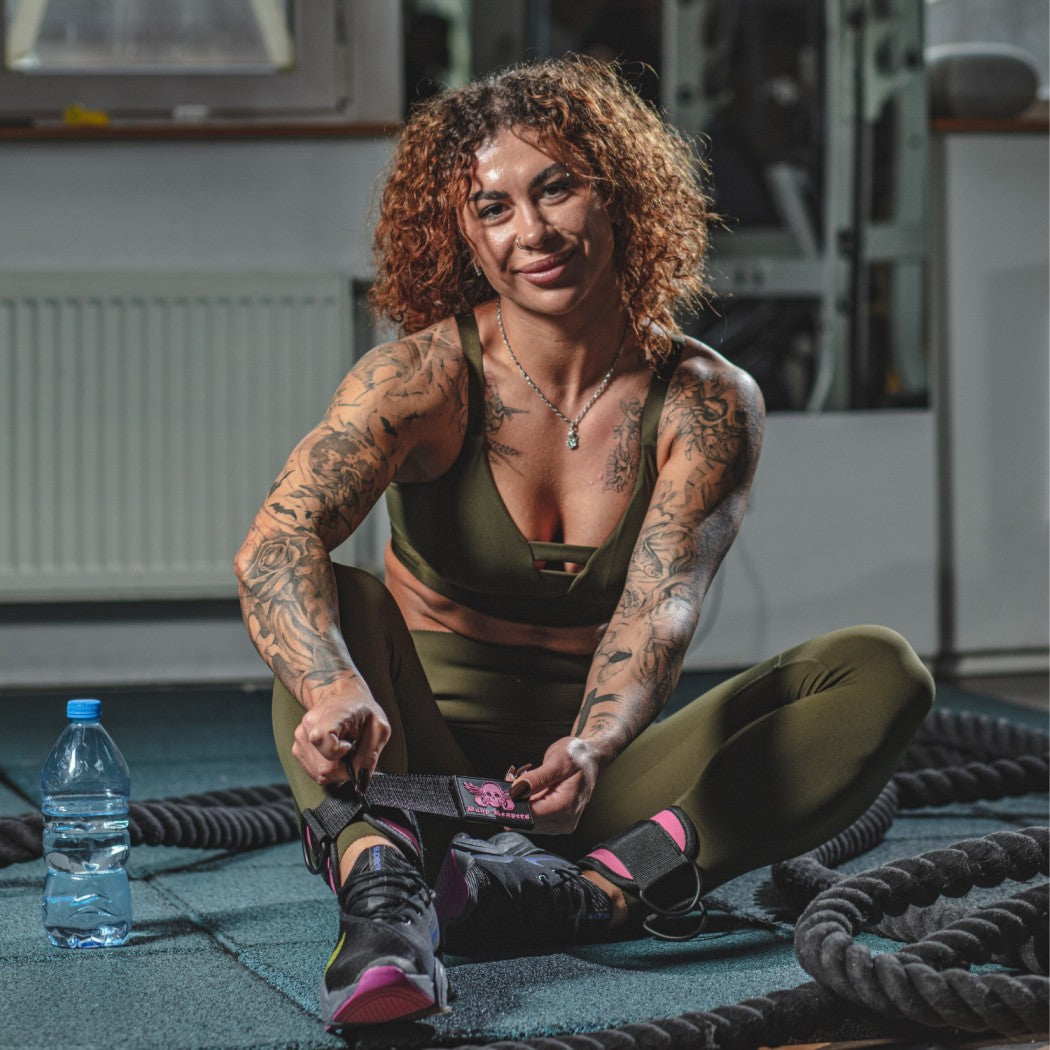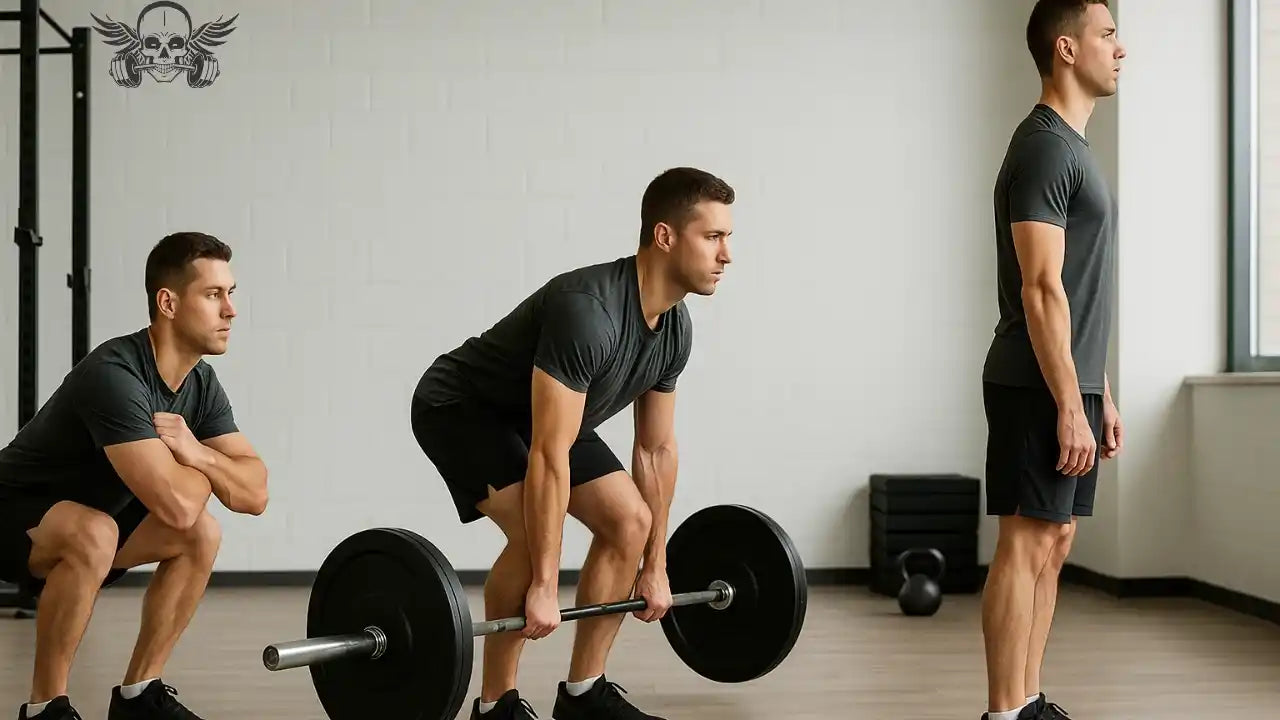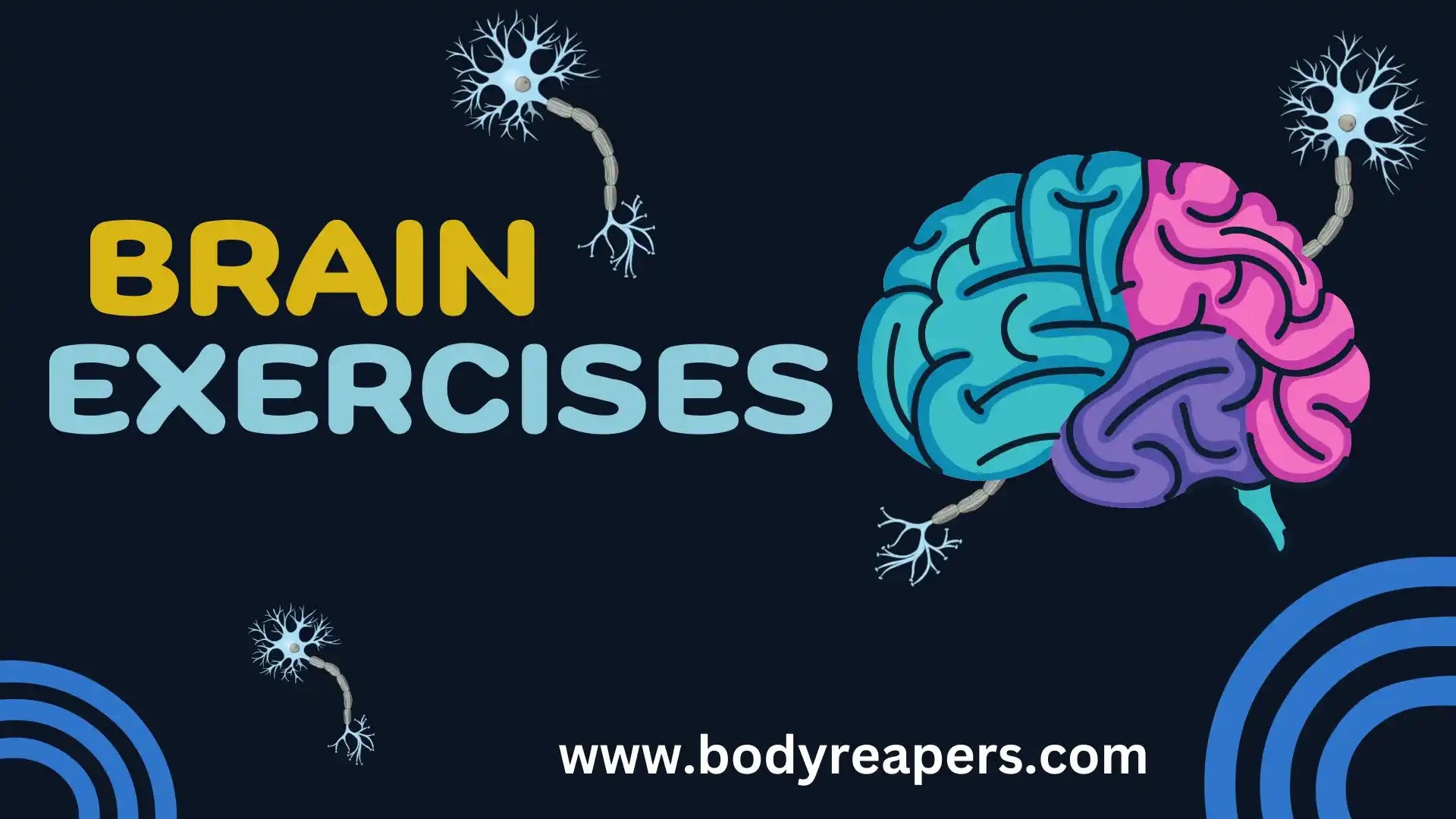Why Leg Training Is Essential
"Don't skip leg day" isn't just a joke; it's sound advice. Your legs provide the foundation for everyday activities like walking and climbing stairs, and for athletic moves such as sprinting and jumping.
Working your lower body strengthens the hamstrings, glutes, calves, and stabilizers, building power, balance, and coordination. Regular leg training improves mobility and resilience, reduces the risk of injury and builds both mental toughness and physical strength.
In this guide, we'll explore the 7 best leg exercises that bring power, speed and muscle growth. Whether you are a beginner lifter or an advanced trainer, these exercises will give you solid, well-rounded leg muscles.
1. Squats
Squats are the king of all leg movements, targeting quads, hamstrings, glutes, calves, and your core stabilizers. You can improve them by becoming more grounded, building muscle, and refining your walking, standing, lifting, and climbing techniques. Beginners can start with bodyweight or chair squats, while advanced lifters can use goblet squats or barbell back squats. Never underestimate squats. Squats are the hardest move, but every rep makes you stronger and more mentally resilient.
How to Do Squats (Step-by-Step)
- Stand with feet shoulder-width apart, chest up, and core braced.
- Hinge at the hips, bending your knees to lower until your thighs are parallel to the ground.
- Keep knees tracking over toes. Don't let them cave inward.
- Push out of your heels to stand up again.
Training Tip: Beginners do squats only with their back facing the wall to learn proper form. Advanced lifters perform heavy lifts only in a squat rack and work with a spotter.
Explore More: Reasons for Lower Back Pain When Squatting
2. Lunges

Lunges are great for developing balance and coordination, as well as addressing muscle imbalances, since they target the quadriceps, hamstrings, glutes, and stabilizers. They're great for building functional strength for sports and activities of daily living.
Choose stationary or reverse lunges for beginners, or take it up a notch with walking lunges with dumbbells for advanced athletes. Sure as every lunge burns, every lunge is grit, and grit is the knowledge that balance happens in steps.
How to Do Lunges:
- Stand with your feet roughly shoulder-width apart. Bring one leg forward until both knees are at 90 degrees.
- Your torso should remain vertical, with your front knee directly over your ankle.
- Drive through your front foot to return to standing, then switch legs and repeat the motion.
Expert Tip: Keep movements slow and controlled. Avoid leaning forward or letting the knee collapse inward.
3. Deadlifts
The deadlift is a total-body movement that engages the hamstrings, glutes, lower back, and core stabilizers. They are great for developing the posterior chain, strengthening postural muscles, and mitigating injury risk. Absolute beginners can use light dumbbells or resistance bands to learn how to perform the Romanian.
In contrast, experienced lifters can perform Romanian deadlifts with barbells, focusing on either the conventional or sumo stance. Deadlifts require precision and discipline. Your body will be rewarded with strength and muscle that can hardly be matched.
How to Do It:
Stand with your feet hip-distance apart. Hold the barbell or dumbbells in front of your thighs.
- Hip hinge with the back as flat as possible, taking the weights down along the shins
- Keep chest lifted, core tight, and shoulders back.
- Drive your hips forward. Squeeze your glutes to return to a standing position.
-
Push hips forward and squeeze glutes to stand back up.
Pro Tip: Avoid rounding your lumbar spine. Hold all weights close to you for less stress.
Fuel Your Leg Day With BodyReapers
Strong legs need strong support. BodyReapers gear will allow you to train harder, safer, and with confidence, from back support lifting belts and knee sleeves to resistance bands that help stabilize your movements.
4. Step-Ups
Step-ups mimic daily movements, such as stair climbing, targeting the quadriceps, gluteals, hamstrings, and calves. They improve unilateral strength, balance, and mobility. Beginners can use a low step with bodyweight, while advanced lifters can increase the height or add dumbbells for added resistance. Step-ups remind you that fitness progress happens one step at a time—literally.
How to Do It:
- Stand facing a very sturdy bench or step
- Step one foot on while pressing the heel to lift the body.
- Bring the other foot up, then step down slowly.
-
Repeat for reps, alternating legs.
Keep torso upright and avoid bouncing. Always use a stable surface.
5. Glute Bridges / Hip Thrusts

Glute bridges and hip thrusts strengthen the hamstrings, glutes, and core. They enhance posture, increase stability and strength, and help you combat back pain by training the posterior chain.
Begin with bodyweight bridges and progress to barbell or single-leg hip thrusts. These exercises demonstrate where strength begins. In your hips and abs.
How to Do It:
- Start by lying on your back. Bend your knees and plant your feet on the floor.
- Drive your heels into the ground to lift your hips up.
- Once your hips are raised, squeeze your glutes, pause for a second, then lower back down slowly and with control.
Pro Tip: Use Body Reapers resistance bands above your knees to get more engagement.
6. Calf Raises
The gastrocnemius and soleus, two major muscles in the calf that work together to improve ankle stability and balance, are developed through calf raises, which can make one more explosive in activities that require running and jumping. Beginners can start with flat-ground bodyweight raises, while advanced athletes can use a step for greater range or add dumbbells for added resistance. Small but mighty, calf raises prove that even simple exercises contribute to strength and resilience.
How to Do It:
- Stand with feet hip-width apart.
- Push through the balls of your feet to rise onto your toes.
- Pause and squeeze calves, then lower slowly.
Avoid bouncing—use slow, controlled reps for maximum muscle growth.
7. Bulgarian Split Squats
The Bulgarian split squat is among the hardest leg moves and works the quadriceps, gluteals, hamstrings and stabilizers. They enhance balance, single-leg strength, and mental resilience. Beginners can start with a low step and bodyweight only, while advanced lifters can add dumbbells or elevate the rear foot higher. They're tough, but the results in strength and stability are worth it.
You May Like
Bulgarian Split Squats: The Ultimate Leg Exercise for Stronger Glutes and Quads
How to Do It:
- Stand two feet in front of a bench, holding dumbbells or using bodyweight.
- Place one foot behind you on the bench.
- Lower your back knee toward the ground, ensuring your torso remains straight and upright.
-
Drive through your front heel to return to a standing position.
Keep your front foot planted flat. Don't allow the front knee to collapse inward.
Conclusion: Build Strength from the Ground Up
The legs are the foundation of the body Having stronger, solid, and larger legs will improve everything from sports to daily life. The 7 best leg exercises are ideal for seniors, targeting every major muscle group to boost leg confidence. Alternately, squats, lunges, or break up squats—consistency over perfection in the longer term!





Leave a comment
This site is protected by hCaptcha and the hCaptcha Privacy Policy and Terms of Service apply.